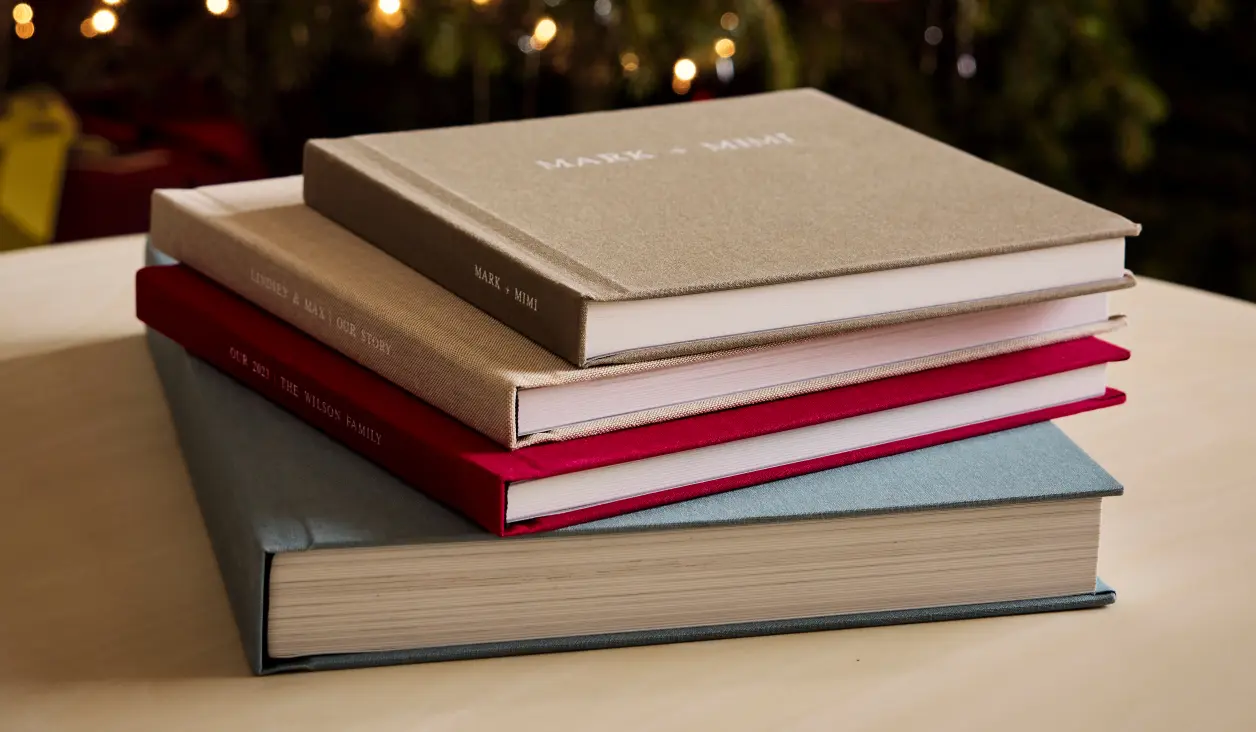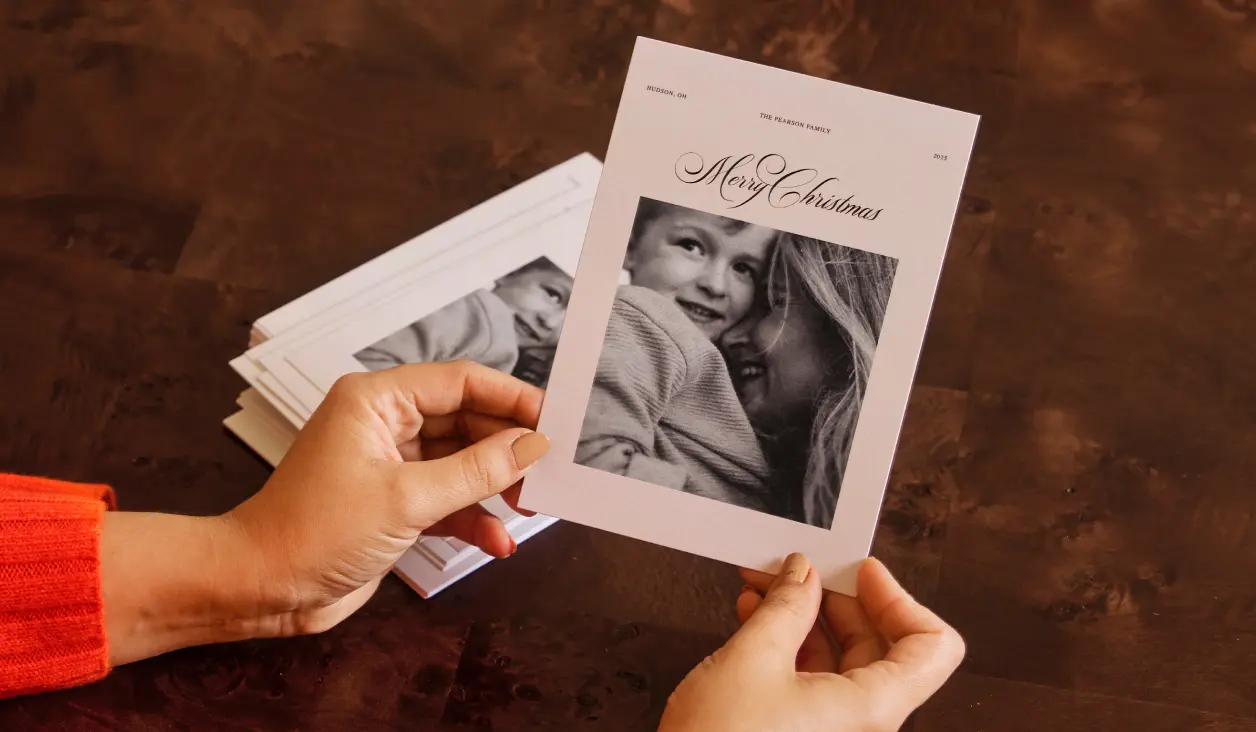
AU: How did you discover this story?
Alexandria Bombach: I was looking through some extra footage a videographer had taken in Afghanistan for a small project I was doing. The videographer had pointed the camera down a small street in Kabul and recorded for about 20 minutes. The footage showed everyday life: people eating at cafes, someone walking a dog, a guy drinking tea. It was fascinating to just sit with that footage. It was an Afghanistan I had never seen before, and it made me question my own perception of a country that I had only seen through headlines about war and suicide bombs.
I wanted to capture Afghanistan from the local storytellers perspective. Then I found out that photography was banned during the Taliban regime, so I became interested in photojournalism specifically. I sold my car and emptied my bank account to fly myself and Mo over there for a few weeks in 2012. I was thinking of doing a short film about Afghan photojournalists, but when I got home the interviews from the amazing photojournalists we met were so impactful that I knew that this had to be a feature-length film. I didn't have any money left so Mo and I started a Kickstarter campaign in 2013. We set out to raise $40,000 and and ended up raising over $70,000 by the end of the campaign. This money was what allowed us to film for two months in the fall of 2013.
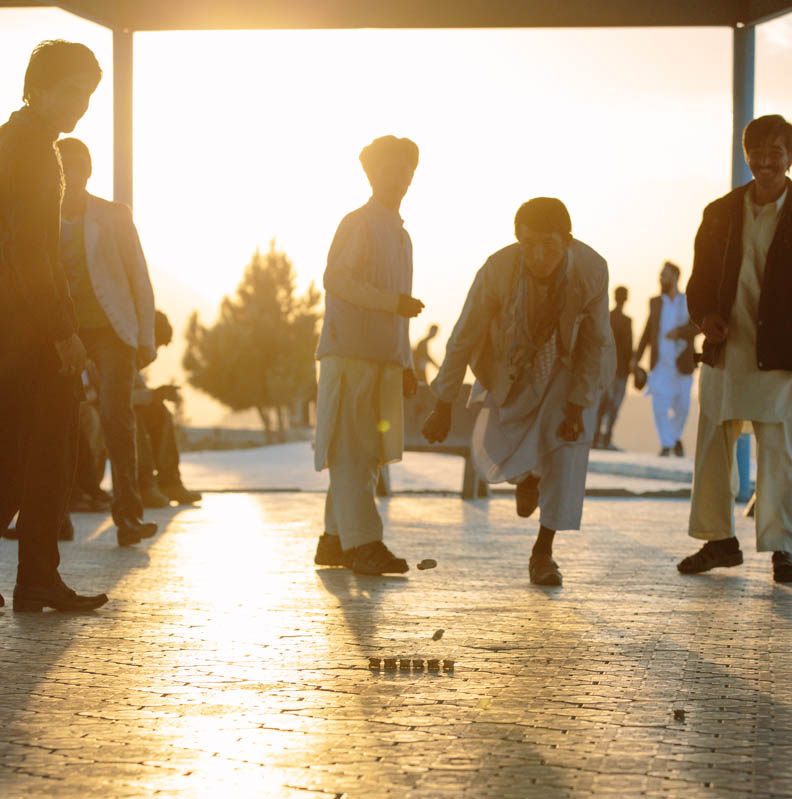

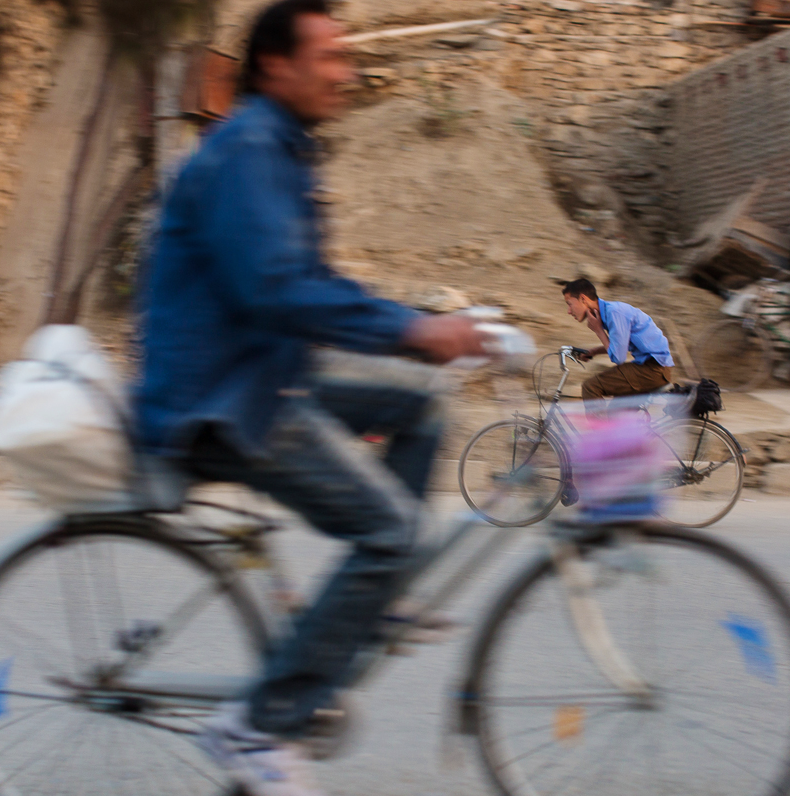

AU: In what ways was your experience filming in Afghanistan different than the images we're used to seeing?
AB: I think we are used to seeing one narrative from Afghanistan - but there is so much more to know then what we see in the Western media. When we can't see the full picture, we can't say it's the reality. There are so many stories that go unheard. I hope this film sheds a light on the storytellers who are capturing more than just the headlines.

AU: And so you tell this story of Frame by Frame through the eyes of Afghan photojournalists. How did you decide on this?
AB: We decided to focus on the story of the Afghan photojournalists because of their unique access to the voices of their own country. We wanted to show Afghanistan through their lens, giving an audience a rare glimpse into a world most of us know so little about while connecting with the storytellers themselves.
Now is an important time for the world to pay attention to Afghanistan. Foreign troops are leaving. International media is leaving. And international aid is leaving. A new government is now in place and everyone is holding their breath to see if they will support the fledgling Afghan free press. 2014 saw the most cases of violence against journalists in the history of Afghan media. This creates self-censorship and that is a big problem because a free press plays such an important part in keeping warlords and the government in check.
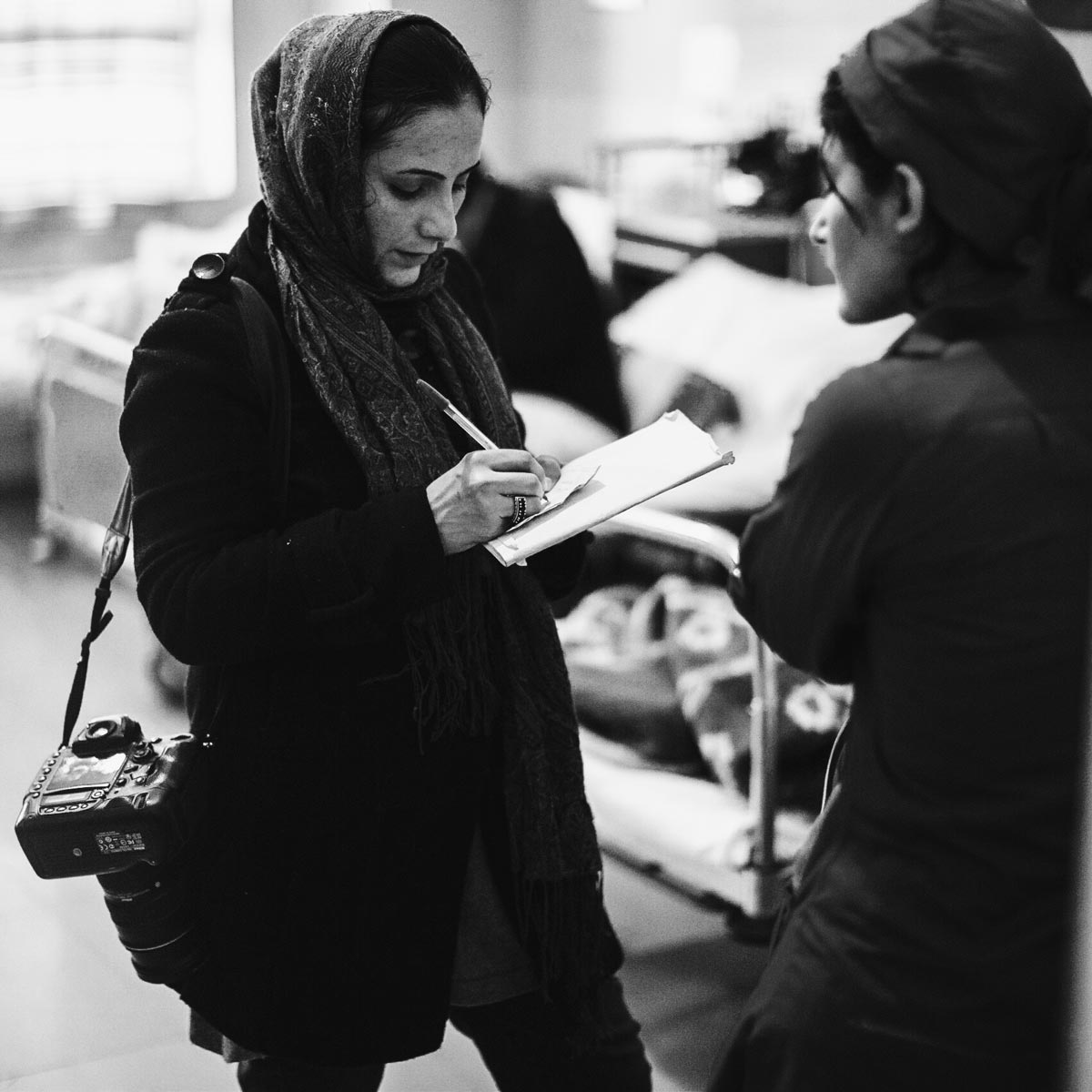
AU: Who are the photojournalists you follow in the film?
AB: Massoud Hossaini is the chief photographer for the Associated Press (AP) and won a Pulitzer Prize for his photo of a 2011 suicide bombing's aftermath in which more than 70 people lost their lives. Najibullah Musafer, who runs the Third Eye Journalism Center, took photographs in secret during the Taliban regime. He is deeply respected by the Afghan journalist community and his hope for his country is contagious. Faranza Wahidy is the only professional female journalist in the country, which is massive when you consider her unique access to Afghan women. It was a huge risk for her to be a part of this film, but she jokingly says she couldn't have it be all about the men. Wakil Kohsar was just starting out when we met him and he was recently hired at AFP in 2014. His story is one that many Afghans can relate with - growing up with war all around him, he wants to prove that photography can change Afghanistan for the better.
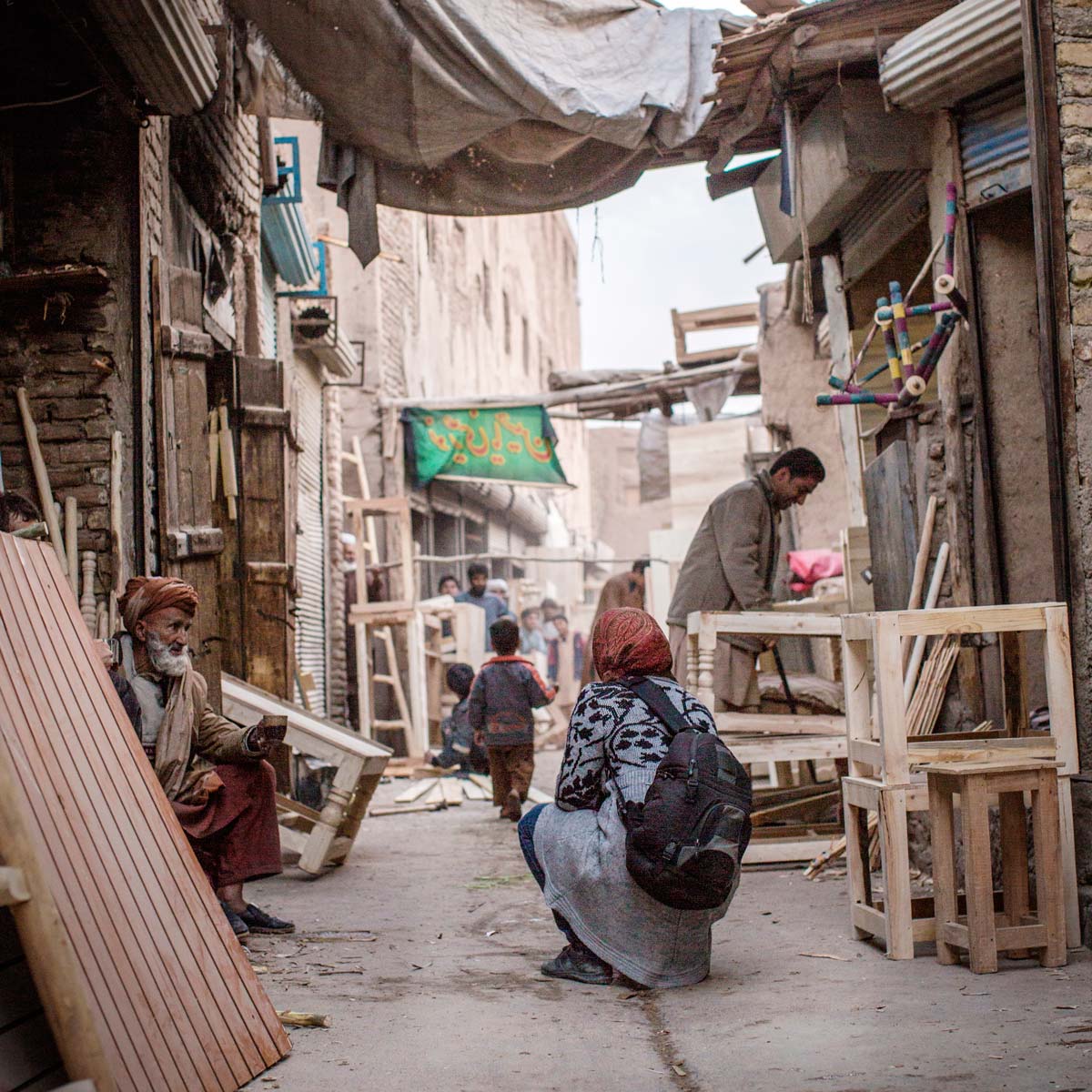
AU: What was your day-to-day like following these photographers?
AB: On an average day, Mo and I would wake up pretty early for morning light. We'd check in throughout the week with photographers Massoud, Faranza, Najibullah and Wakil. We were so lucky their schedules didn't collide much. We'd hop in our white Toyota Corolla with our fixer (guide) Naji and our driver Zarif. The four of us would zoom through the city – trying to avoid the traffic jams in Kabul – to catch Massoud doing an interview for the local TV station. We'd find Farzana shooting boxing at the Olympic stadium. And then we'd meet up with Najibullah covering an agriculture fair for a local magazine, or Wakil going grocery shopping after work.
The days were long – 13 to 16 hours each day. Sometimes, planning was impossible. We just happened to be with Massoud on a day he was celebrating a holiday with his family when we heard a blast in the distance. It was a suicide attack and we followed him there. We tried to be flexible. On the rare occasion that we couldn't follow any of the photographers, we would capture B-roll around the city; beautiful parks, old abandoned theaters from before the Soviets, bookstores, camera shops and overlooks. One of my favorite moments of capturing b-roll was sitting with two older gentlemen in a cafe in Old Kabul. It was a relaxed atmosphere while they drank tea and the waiter kept dashing outside to get the customers more Kabobs.
I loved every day of filming in Afghanistan.





AU: How has this project challenged you?
AB: This film has taken over the last three years of Mo's and my life and completely changed us. A feature-length film comes with more commitment, a deeper connection to the subjects, bigger challenges, higher highs and lower lows. It's emotionally taxing because it's an immense responsibility. As filmmakers, we're allowed into people's lives and into their homes - we were honored to be entrusted with their stories and took that very seriously. Despite all the challenges, I wouldn't trade this experience for anything.
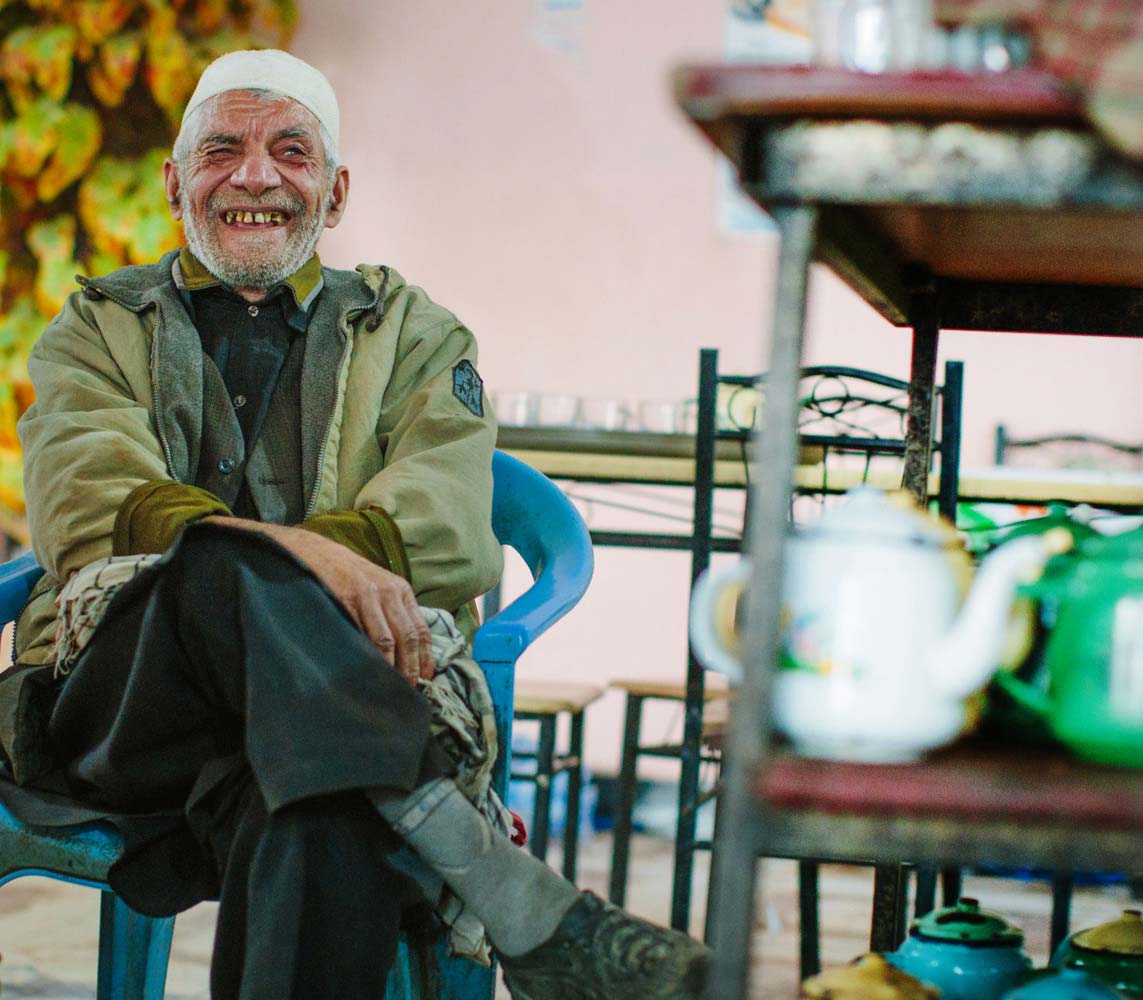
AU: Your commitment shows in the way you crafted the story. How did you land on the way you pulled it all together?
AB: We didn't want to prescribe what the story was before we filmed it so we let the lives of the photojournalists unfold in front of us. We discovered new themes and ideas. In the end, we had 200 hours of footage and less than 90 minutes in which to tell the story. If it were allowed, I would have cut a five-hour film. But that's the art of storytelling: boiling it down and giving an audience the best interpretation of the truth you can. We had a lot of great people helping us craft the story along the way. Our amazing editing consultants were Doug Blush (20 Feet From Stardom, Invisible War), Davis Coombe (Keep On Keeping On, Chasing Ice) and we also had a wonderful story advisor named Vickie Curtis who made our lives much easier. We hosted test-screenings and sent links to many filmmakers for their thoughts. It was a really hard process, but I'm a nerd and I loved it.

AU: And now you're unveiling the film to audiences around the country. What has the reaction been to the film so far?
AB: There is one reaction we have gotten more than any other. People will walk up to us after the film and say "I had no idea." People will tell us how grateful they are they saw it, and I think it's because they have never had the opportunity to connect with Afghanistan or Afghans in this way.

AU: What are you most hopeful comes from this film?
AB: We hope the audience walks away feeling connected to a place and people they never thought they would be.
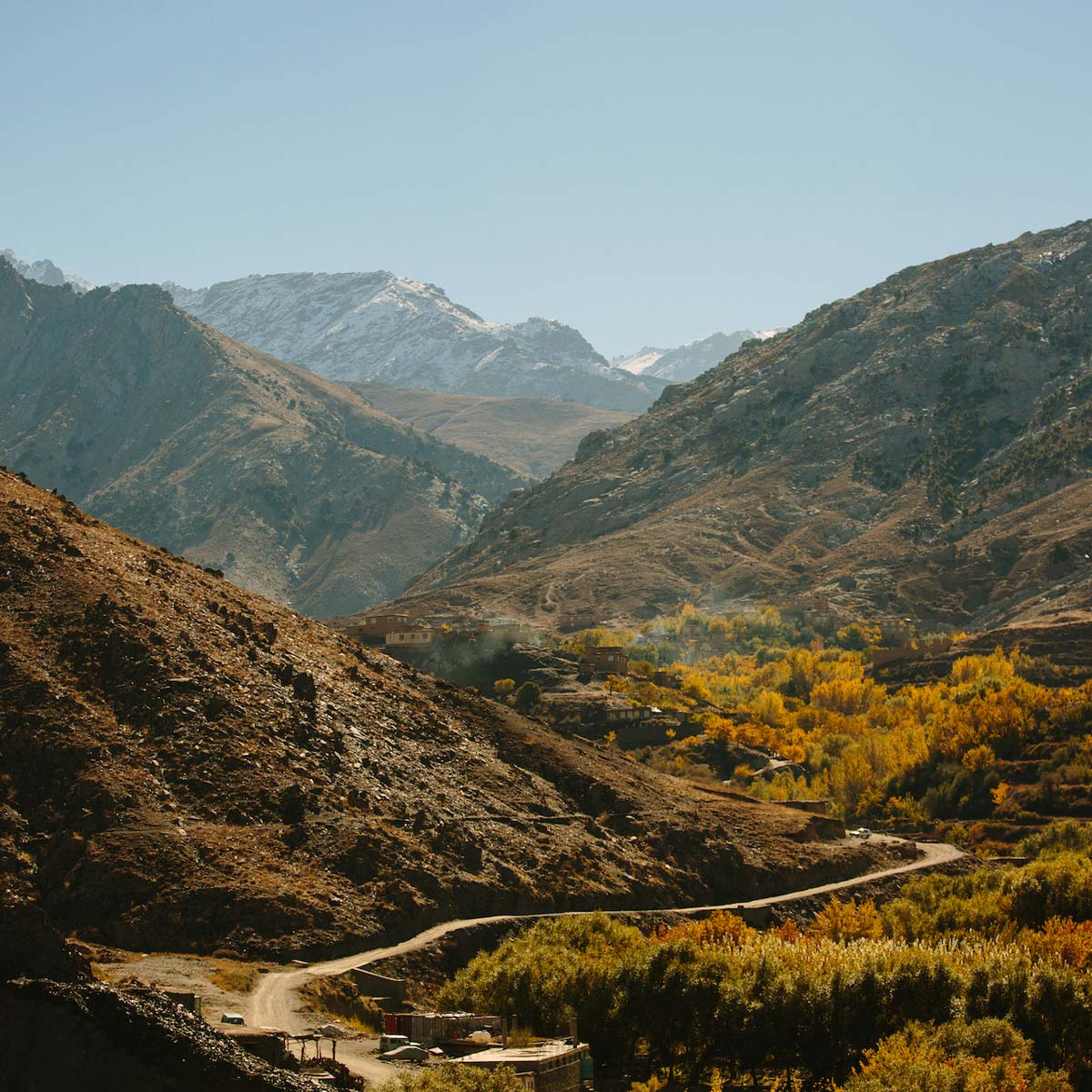
Here is a sneak peek into what they have created...
About the filmmakers | Alexandria Bombach is an Emmy award-winning filmmaker who lives on the road. Founding RED REEL in 2009, she's known to sell all her belongings to tell a story she believes in. Mo Scarpelli is a journalist, non-fiction filmmaker and founder of Rake Films. Her curiosity of humans has led her to film and photograph in 15+ countries around the world. To learn more head to www.framebyframe.com

